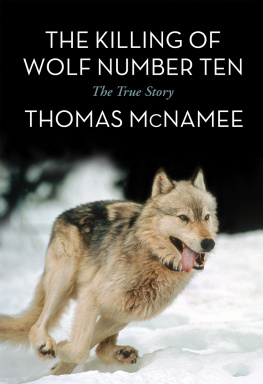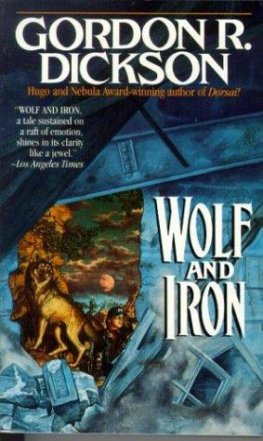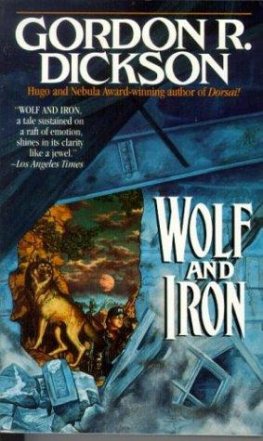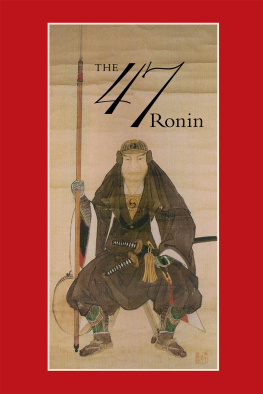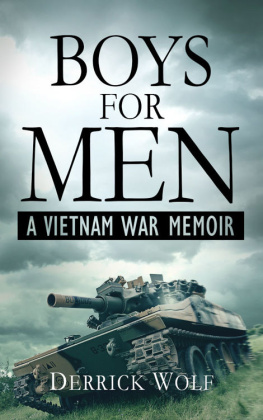Thomas McNamee - The Killing of Wolf Number Ten: The True Story
Here you can read online Thomas McNamee - The Killing of Wolf Number Ten: The True Story full text of the book (entire story) in english for free. Download pdf and epub, get meaning, cover and reviews about this ebook. year: 2014, publisher: Prospecta Press, genre: Science. Description of the work, (preface) as well as reviews are available. Best literature library LitArk.com created for fans of good reading and offers a wide selection of genres:
Romance novel
Science fiction
Adventure
Detective
Science
History
Home and family
Prose
Art
Politics
Computer
Non-fiction
Religion
Business
Children
Humor
Choose a favorite category and find really read worthwhile books. Enjoy immersion in the world of imagination, feel the emotions of the characters or learn something new for yourself, make an fascinating discovery.
- Book:The Killing of Wolf Number Ten: The True Story
- Author:
- Publisher:Prospecta Press
- Genre:
- Year:2014
- Rating:4 / 5
- Favourites:Add to favourites
- Your mark:
- 80
- 1
- 2
- 3
- 4
- 5
The Killing of Wolf Number Ten: The True Story: summary, description and annotation
We offer to read an annotation, description, summary or preface (depends on what the author of the book "The Killing of Wolf Number Ten: The True Story" wrote himself). If you haven't found the necessary information about the book — write in the comments, we will try to find it.
Thomas McNamee: author's other books
Who wrote The Killing of Wolf Number Ten: The True Story? Find out the surname, the name of the author of the book and a list of all author's works by series.
The Killing of Wolf Number Ten: The True Story — read online for free the complete book (whole text) full work
Below is the text of the book, divided by pages. System saving the place of the last page read, allows you to conveniently read the book "The Killing of Wolf Number Ten: The True Story" online for free, without having to search again every time where you left off. Put a bookmark, and you can go to the page where you finished reading at any time.
Font size:
Interval:
Bookmark:


In memory of Wolves Nine and Ten
Nearly all of this book is based on action that I was present in or interviews that I have conducted. There are a few scenes that I have re-created from participants recollections of them, and a few in which I have drawn inferences from scientific understanding of wolf behavior. Nothing has been invented. Within the limits of my ability, everything in this book is true.
T.M.
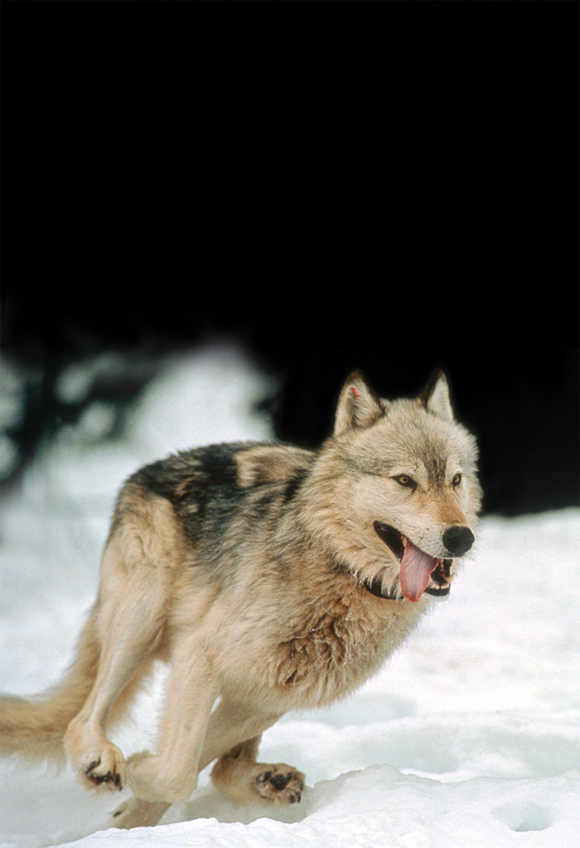
A helicopter tops a line of spruce and skims the open snow. A man leans out, a gun at his shoulder, and then is lost from sight in a blur of swirling white and terrible noise.
The mother wolf and her daughter are running as fast as they can. The man shoots, a dart makes a hole in the snow, he shoots again and the dart sinks into the big wolf s thigh. The world slows down, grows quiet, grows vague, the light dies.
The small wolf sniffs at her mothers lips and open eyes, looks up in terror to see the helicopter returning, low above the snow, the roar unbearable.
There is a long, slow time until the blades droop and stop, and a man and a woman rush to the large black wolf. They tie a nylon mask over her eyes and wrap her gently in an old quilt, then do the same with the small pale wolf. The small wolf is wearing a radio collar. The man and woman carry the bundles across the snow and load them into the helicopter.
The mother wolf lies curled in a tight ball on a bed of straw inside a chain-link cage. She opens one eye to see her daughter in an adjacent cage. She looks out for only an instant. People are hurrying back and forth with metal things, cameras, medical bags, two-way radios, flashlights, lanterns. There are sounds of motors starting, cars and trucks leaving, the camp growing quiet. The sun goes down, a few electric lights come on.
A man approaches the cage, silent, holding a broomstick with a hypodermic needle taped to its tip. A quick jab and once again the black wolf s consciousness dims. Masked again, she is aware that peoples hands are lifting her body and she should be afraid but she is not. They carry her on a stretcher to a corrugated metal building and lay her on a steel table. The lights are bright as summer noon, people are swarming over her, but their voices are soft. Mark Johnson, chief veterinarian of Yellowstone National Park, tells his assembled staff, Weve got to handle these wolves gently, respectfully, with love.
Network news videographers cluster around the medical tables, their white lights flaring. Reporters scratch at their pads, murmur into microphones. Flashes flash. Its a big story, the restoration of a race exterminated in its ancestral home seventy years ago.
The American biologists here, and the technicians, the officials of the United States Forest Service, Fish and Wildlife Service, National Park Service, all are holding their anxiety and fear at bay with a stiffened sense of duty and professionalism, which lends their voices a military brittleness:
Body temperature 101, pulse 110, SpO ninety percent. (That last is oxygen saturation in the blood.)
More straw for Pen Four, please.
Right away.
Fuel supply?
Adequate so far.
Lights up, chopper incoming.
Equally if not more anxious and afraid, the conservationists who have come in their fragile confidence that this is really happening hug each other, trying not to celebrate too soon, knowing that at any moment, even now, all this can be shattered by a court order.
What do you think theyre up to?
God only knows.
The silence is what is so terrifying.
It is thirty below today in mid-Alberta, the sun a pale disc in a featureless sky, barely clearing the treetops at midday. Out from the mountains in scraggy cut-over woodlands, a provincial park maintenance camp has been temporarily transformed into a nerve center, dead center of concentric circles of worry and hatred hundreds and thousands of miles across: Decades of struggle to return the wolf to Yellowstone have culminated here.
The enemies of the wolf are legion and strong. Hatred of the wolf is centuries old and needs no reason. Hatred drove the wolf to extinction throughout the lower forty-eight United States but for a tiny remnant in Minnesota. The federal government itself exterminated the wolves of Yellowstone. The last two were killed in 1926. For twenty-five years the wolf s human friends have argued for restoration, and for twenty-five years the wolf s enemies have fought back in the courts, in politics, and in the minds of ranchers and hunters and anyone else who would listen.

At the dozens of hearings preceding the wolf reintroduction, there were always demonstrations pro and con. This one was in Helena, Montana.
Many longtime residents of the northern Rocky Mountains believe things about wolves that are not true. The ranching economy is fragile, and the hunting of big game in the untrammeled landscapes of Wyoming, Idaho, and Montana is one of the last great freedoms left to a diminishing way of life. More than a few ranchers fear that wolves will kill enough calves to destroy all hope of profit. In a few cases they may be right. Many hunters think that wolves will reduce the elk and deer populations to miserable remnants. Occasionally, in combination with exceptionally brutal winters, wolves may reduce prey populations, but they never destroy them. The hunters fears are wildly disproportionate. Some politicians have made of the wolf an all-purpose embodiment of evil, child killers even.
In fact wolves flee from any person. They kill cattle and sheep only seldom. And how could they destroy their prey populations? How could wolves, elk, bison, moose, and deer have evolved together down through the millennia? But hatred and fear, as the world has seen forever, can be impervious to truth.
The opposition has united behind the bland-sounding Wyoming Farm Bureau. All the recent years high-horsepower lawyering wears that modest cloak. Only last week the U.S. Court of Appeals in Denver denied their plea for an injunction to block the wolf restoration. And now theres not a peep from them. Is it safe to believe theyve given up at last?
At first she seemed black, but in this ice-blue light the dark wolf s fur can be seen to be silver-tipped, her undercoat gray, lighter gray, fawn. Human fingers search her coat and skin. Some ticks. No open wounds. Moderate scarring.
Oxymeter. A technician clips it to her lolling tongue. Her pulse, her respiration rate, her temperature, and the concentration of oxygen in her blood are all healthy. Lice. Dust, please.
A second technician pulls back her black lip. Teeth bright white, unchipped. Probably four years old. He measures every dimension of her body. Ninety-eight pounds.
Big for a girl.
Shes a good one.
The wolf s vulva is pink: She is in estrus, ready to breed.
No one knows where her mate may be, the alpha male of the pack of which she is the alpha female. He evaded the traps that caught the black wolf and her daughter two months ago. That daughter, once collared and released, became what the biologists call a Judas wolf. She and her mother, thereafter, were easy to find. All the people here, and the dozens more elsewhere watching over every delicate step of this operation, would like to see that alpha male also caught, because it is the projects goal to capture whole families for Yellowstonewolf packs are families). The plan has been to reintroduce three packs this year and three the next, in the hope that intact families will be less likely to try to return the thousand miles home to the north. But that older, wiser wolf has seen with his own eyes his mate and daughter trapped, and he is unlikely to be fooled now.
Font size:
Interval:
Bookmark:
Similar books «The Killing of Wolf Number Ten: The True Story»
Look at similar books to The Killing of Wolf Number Ten: The True Story. We have selected literature similar in name and meaning in the hope of providing readers with more options to find new, interesting, not yet read works.
Discussion, reviews of the book The Killing of Wolf Number Ten: The True Story and just readers' own opinions. Leave your comments, write what you think about the work, its meaning or the main characters. Specify what exactly you liked and what you didn't like, and why you think so.

